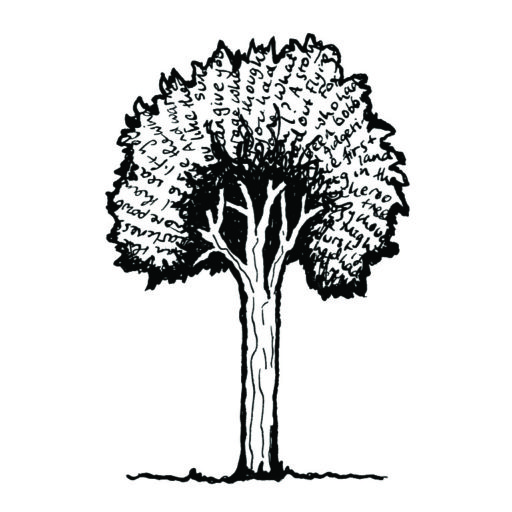
Pencil drawing of medlars and silvereyes at Harcourt in June.
Winter field trips can be cold but exhilarating. This winter I had the good fortune to travel down to northern Victoria and southern New South Wales, to reacquaint myself with those landscapes under grey subdued skies. The trip was half work and half pleasure, although in my current occupation, work is often pleasure, and so this trip just felt like one big adventure. The work was scoping a new colouring book all about the Southern Bell Frog Litoria raniformis and its wetland habitats; the pleasure was catching up with old friends.
In the garden of my friends’ place in Harcourt, near Bendigo, in Victoria, I saw for the first time the intriguing fruit of the medlar. This is an old-fashioned relative of the apple that might be making a comeback. But to get a medlar fruit into a state fit for eating you need to pluck it unripe and put it in a dark box for an indeterminate time. Apparently it gets deliciously sweet and succulent. These silvereyes were certainly checking on the ripening progress of these medlars, but I don’t think they were very impressed as they flew away after only a little bit of probing.

Then I traveled up to southern New South Wales, in the floodplain of the Murray and Murrumbidgee Rivers, and spent some time drawing the marvelous River Red Gums Eucalyptus camaldulensis.


River Red Gums lining Gunbower Creek.
A morning walk revealed some of the wildlife of these floodplain forests.

It was very still and quiet, the only other visitors were a man and his small dog. I was standing sketching when a kangaroo decided to cross the creek, making a big splashing noise. I think it almost startled itself with the noise. Below is a very sketchy record of what happened, but sometimes this sort of rapid nature journaling can be the most useful and memorable, as it captures a wildlife observation that might otherwise be forgotten:

I met up with Helen Waudby, from the NSW Office of Environment and Heritage, who is working to conserve the Southern Bell Frog. Helen appreciates how a colouring book can be a great way to raise awareness about threatened species, and how it can tell ecological and conservation stories in a playful, visual way. We visited the frog’s habitat together and discussed what images should be included in the book.
I had a lot of fun imaging a frogs-eye view of the world!

Peeping through the nardoo in a black box wetland, in the Murray/Murrumbidgee floodplain.

Drawing lignum for an underwater scene.
After the field trip I created draft page layouts for the colouring book, and checked these with Helen to make sure everything made sense, especially what species were appearing in what habitat. And also which species are active in which season. The availability of water, and how wetting and drying affects the wetlands, is a big part of the story. But more on that later, as the colouring book slowly takes shape!

Draft page layouts for the Southern Bell Frog colouring book.
Discover more from Paperbark Writer
Subscribe to get the latest posts sent to your email.

What wonderful wandering you have! Brilliant work, my dear!
Thanks Sue! I hope you are have some fun wanderings yourself 🙂
I love your dketches, they are full of life and beauty.
I mean sketches!
Thanks!